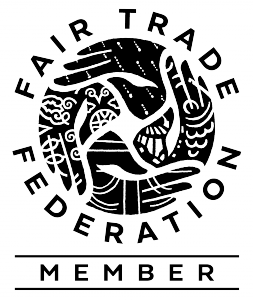Mayan Weaving
Facts About Mayan Weaving



Back-strap Loom
- Origins - According to Maya Quiche mythology, Ixchel, the Moon Goddess and consort of Itzaman the Sun God, was the patron of weaving. She was depicted sitting in profile, with one end of her loom tied to a tree and the other around her waist. She is weaving with the shuttle in her left hand. Today, women in the highlands weave the finest textiles in exactly the same way
- Use - Women almost exclusively use the back-strap loom which can be used by women at home or while in the field tending sheep.
- Output - All types of fabric are woven on a back-strap loom but, most specifically, the huipil or traditional blouse of the Mayan woman. The corte and the huipil are part of the traje or traditional dress of every Mayan woman. The design of the huipil is a testament of cultural identity and artistic expression as each weaver weaves her own history and philosophy of the universe into the garment. One huipil may take several months to weave depending on the complexity of the design. See examples of huipiles on our website.


Treadle Foot Loom
- Origins - The treadle (or foot) loom was introduced to Mayan weavers by the Spanish shortly after the Conquest.
- Use - As was the Spanish tradition, mostly men weave on the treadle loom although some women do as well.
- Output - The most typical fabric produced on the foot loom is the corte, or skirt material worn by Mayan women. The corte fabric is village specific. It typically takes about 8 hours to weave one yard of corte fabric due to it's complex designs. See examples of corte fabric on our website.

